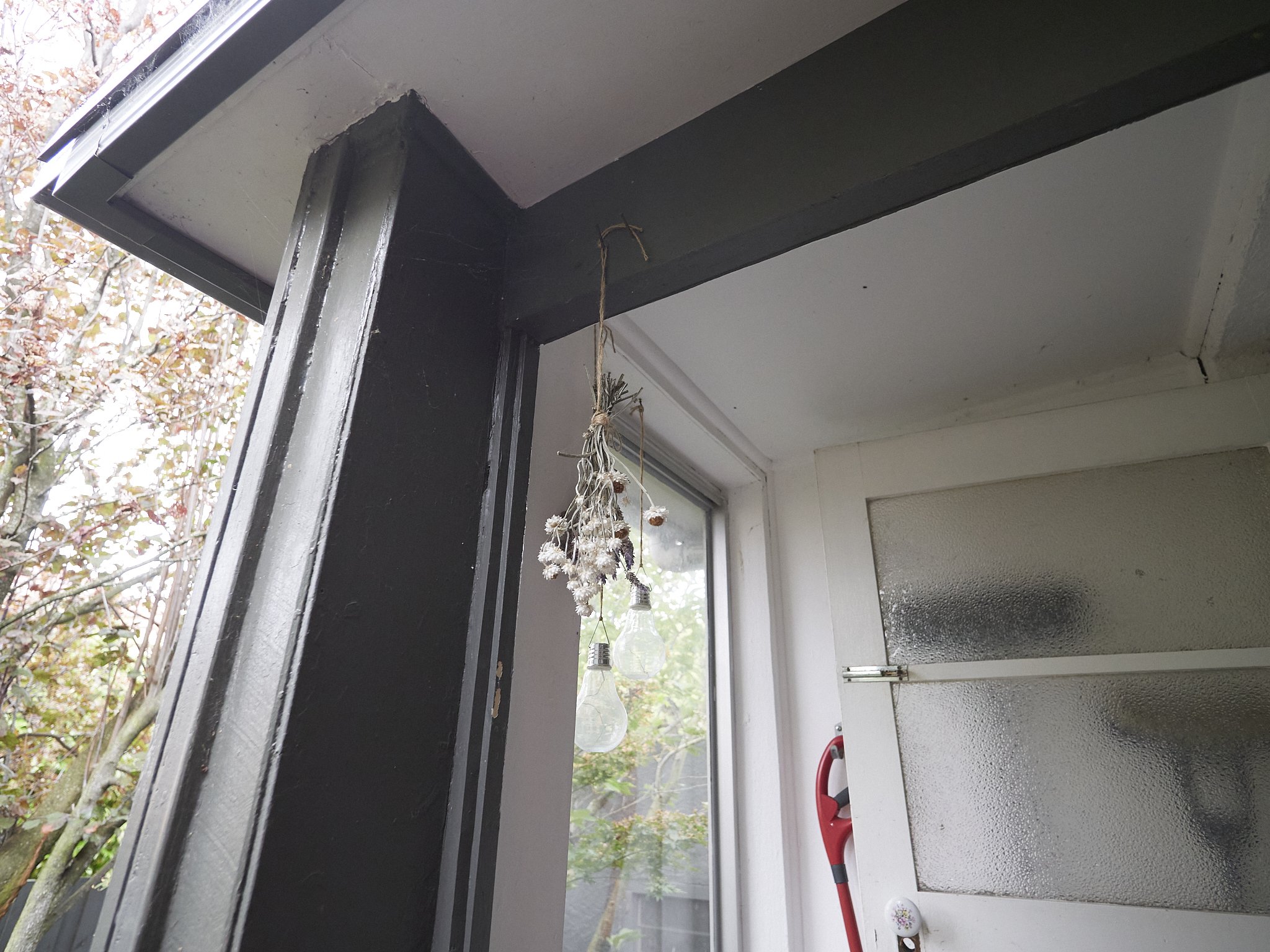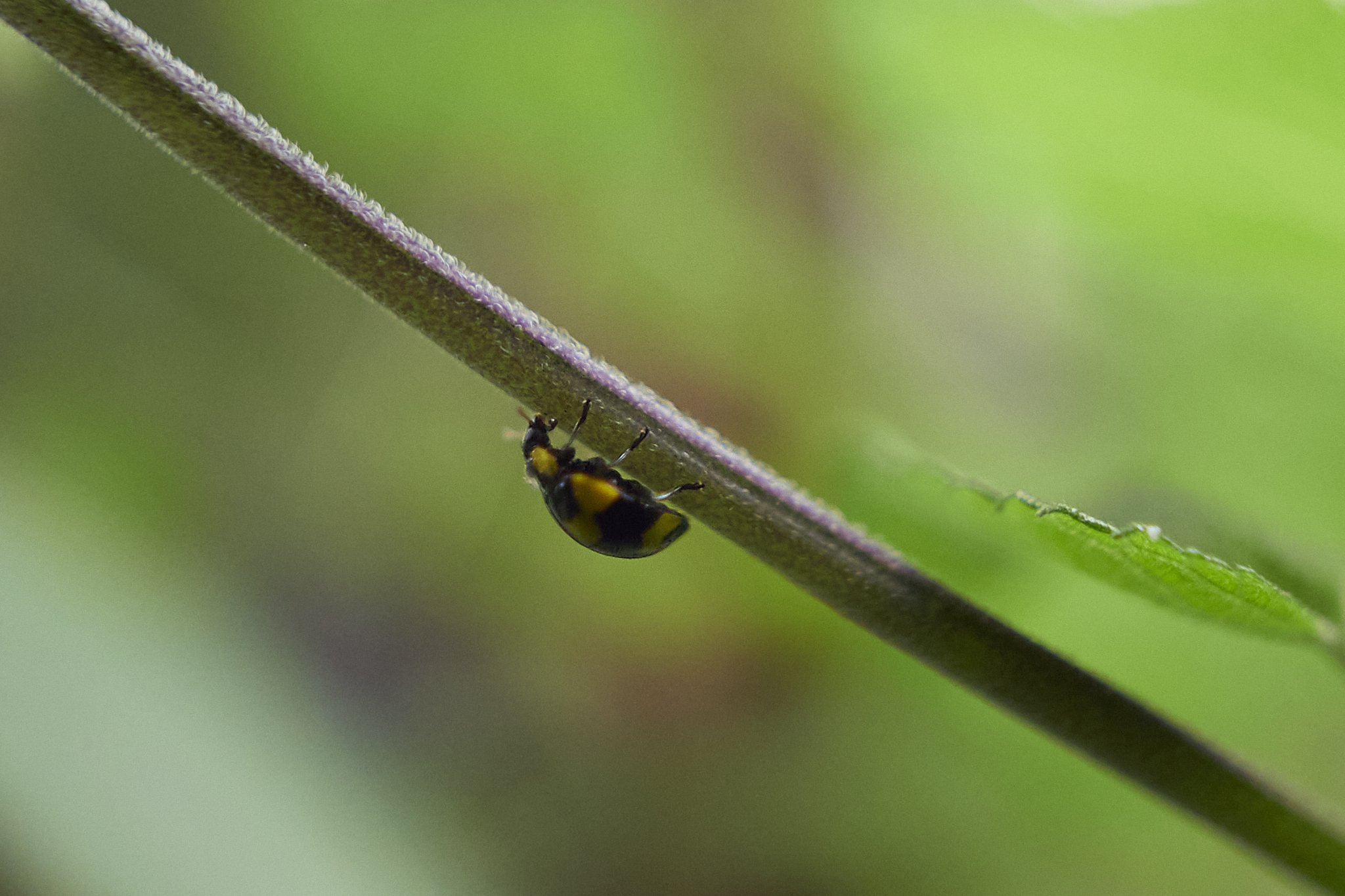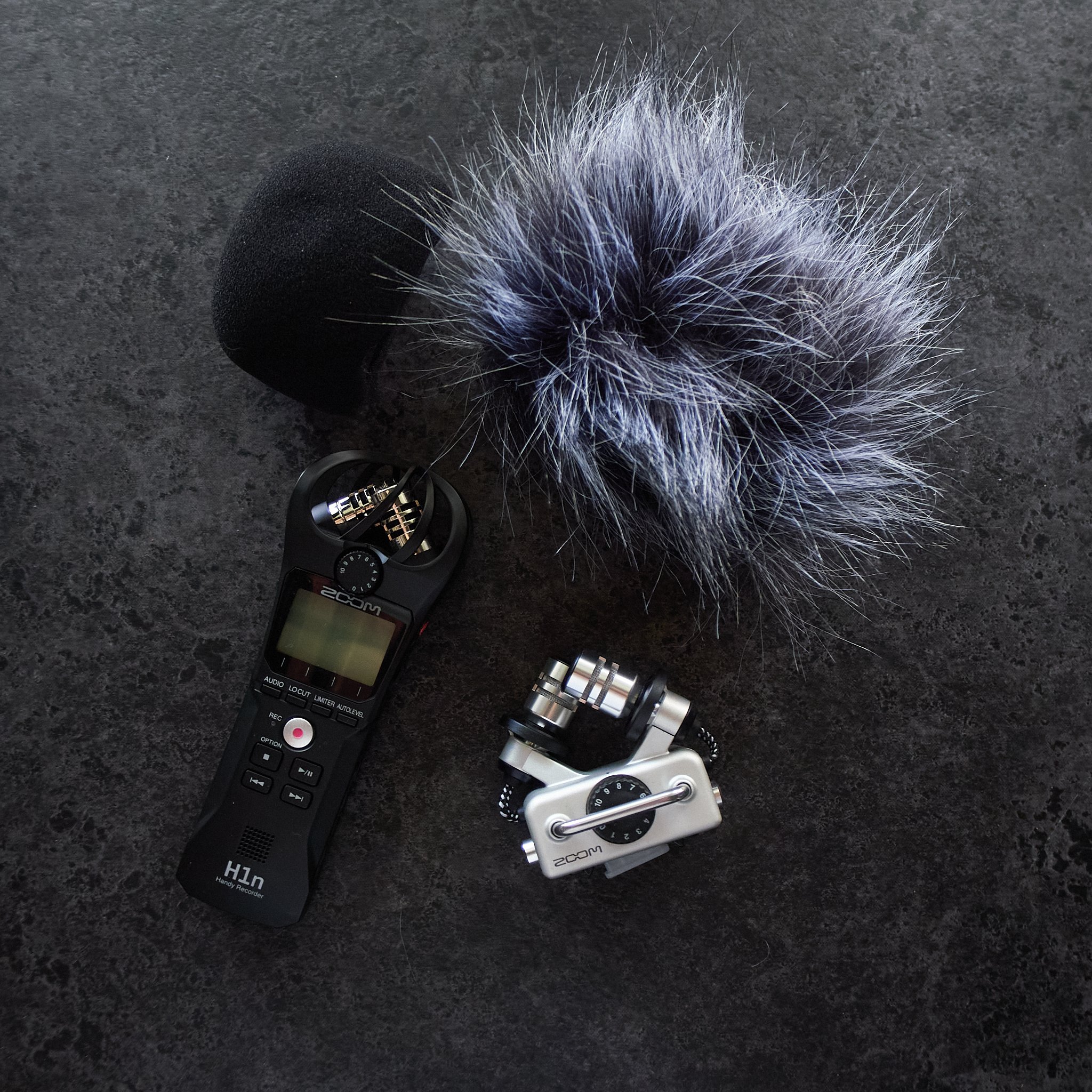Bit of fun and something that I did not intend to do, but it made sense at the time.
The S5 and IRIX 150 have quickly become my go-to macro kit.
Results can be spectacular and keeping in mind it is a capable video option as well, the logic of it all is hard to argue with.
The shot above was one of a handful of successes from nearly a hundred images. I got plenty in focus to some extent, but not precisely enough, with only about 1/4 of the Ladybug in focus, “focus on the eye” became very important.
The big issue is razor thin depth of field and manual focus with subjects that are often moving, sometimes shy and on a moving platform as well. Manual focus is desirable here, because it is one less variable, but even with the very long throw of the IRIX, it is twitchy.
A rare true hit.
Artistic macro is fine if often frustrating, so you get what you get and make it look pretty. Scientific macro is another matter and needs control.
Eyes or antennae, but not both and this was at T8!.
This is macro, good and bad. Long lenses for reach, high ISO settings for good depth and fast shutter speeds or lighting, with limited creative options and patience.
There is an outlier though.
The IRIX monster on the S5 and the tiny and super light 9mm on a G9 Mk1.
M43 has some advantages in macro, mainly being smaller, more powerful macro lenses, often easier close focus due to the format, good stabilising, weather proofing and in some cases, more natural depth of field, but the reality is, at very high magnifications, depth of field is uniformly non-existent.
The Leica 9mm is a super wide angle, but it also has the capacity to focus so close, I have to remove its shallow hood to avoid touching the subject or the platform they are using.
The hit ratio on this type of shot, manual focus used again, was much higher. I am actually so close to this ladybug, I almost touched the leaf end.
The usual trade off with full frame and M43 is high ISO performance vs two stops more depth of field. The reality is, most serious macro shooters use flash, so M43 is a good idea for prepared macro shooters generally.
Easy to do, but I had to back off from minimum focus. This is a crop of about half.
The full frame is smooth and clean, but depth is unforgiving. This is a slight crop from near minimum focus.
Super blobby shallow depth is possible with the 9mm, you just get a lot closer.
Some context.
Not a hit, but close and if I tried a bit harder I am confident I could get some rippers. The bee was curiously not too bothered by a lens only a few centimetres away (the top-left foreground flower is on the same stem).
Even side-on, the 9mm is unable to get the whole beetle, but I was shooting at about f1.8 and ISO 1250.
Other factors.
Handling the S5/IRIX kit hand held was tiring, frustrating and slow. The long throw is a bonus in macro, but if something was even a little out of the focus plane, it took a few shifts to find.
I found the stabilising on the S5 was fine, no images lost due to shooter movement.
To get depth of field that had a small chance of capturing the bulk of a 5mm long beetle, about T5.6-8 is required, then ISO 6400 or more was needed, sometimes 16,000 (in a shady back garden location) for a movement capturing 1/350th or better.
The files were smooth and processed well, but unfortunately, even after fifteen minutes or so, I only came away with a handful of useful images and tired arms. I did get some decent video, which suffers less from high ISO/Shutter speed needs.
The clip below shows how easily the S5 and IRIX work together hand held with manual focus transitions (please excuse the grade, I was not paying attention to my exposure).
The non bug-chasing images from the IRIX are gorgeous.
The G9 and 9mm were as different as you could get.
Handling was a breeze often one handed, manual focus easier to achieve, with the unusual problem of often getting too close to the subject, but depth of field is more forgiving and AF is an option. I was using generally f1.8 to 2.8 at ISO 800-1600 for 1/500th or better.
The process was fun, easy and the files processed well.
The interesting thing and something I have felt before, was the math did not line up. I am happy to shoot with wider apertures in M43, but even then, the light gathered seems to be more in the same situations. No science to back that up, but it seems I am in ISO 6400 territory often with full frame, rarelty with M43 and I am not overly fearful of that anyway.





























































































